This summer has been a scorcher so far, and it doesn't look like the heat is going away anytime soon. With an Airstream it's usually easy to get out of the heat—after all, we all have wheels—but there are times when it's inescapable for a few days, like when you are crossing the Great Plains states. Many times I've been crossing Kansas or Oklahoma or Missouri and been nearly steamed to death in what the meteorologists call "oppressive humidity."
So even if you plan to drive away from the heat, you need strategies ready in case the heat follows you. Here are a few of the things I've learned over the years:
1. Air conditioning is miraculous—but not magical
First off, if you have delicate pets or humans traveling with you, don't mess around: get a campground with 30-amp or 50-amp power and plug in. This may necessitate a change in plans and you might end up somewhere you don't want to be, but the blessing of cool air blowing in from the A/C will make it all worthwhile.
I find that a lot people are surprised to discover the limitations of a single air conditioner on a 30-amp plug. If you've got a newer Airstream with dual air conditioners (and a 50-amp plug) you can deal with just about any level of heat. But a single A/C definitely has limits.
A properly operating RV air conditioner will generally cool the incoming air by about 20 degrees, but that doesn't mean your trailer will be 20 degrees cooler, especially if it's sitting in the sun. On a sunny 105-degree day, the trailer interior might be well into the upper 80s until after dark.
So it's useful to park in shaded campsites, preferably not in asphalt parking lots (green surroundings = cooler air), and be realistic in your expectations. If the trailer is over 100 degrees inside when you arrive, it's going to take a while—perhaps hours—before the air conditioner can remove all the latent heat that is stored in every object in the interior.
To cope, try to spend the first couple of hours somewhere else (like a restaurant or visitor center) while the air conditioner does its job. Don't even dream of using the stove or oven—the burners will output much more heat than the air conditioner can remove. If you have a microwave, use it instead, or go out for dinner, or cook outside, or eat a cold dinner.
2. Boondocking requires special skills
Not many people will choose to spend a night in extreme heat or humidity without air conditioning, but someday you may find yourself in an unexpected situation where you must. (Maybe a breakdown in a remote area, a power outage in the campground, or failure of the air conditioner, as examples.)
In this case, the keys to surviving a night in the heat are water and electricity:
Water, because you need to stay hydrated and a quick cool shower will go a long way toward keeping your body comfortable. In desert boondocking situations you can even soak towels and place them strategically around the trailer for evaporative cooling. I suggest traveling with several gallons of extra drinking water when heading into a boondocking site in the summer.
Electricity, because you'll use a lot more battery power than usual with the vent fans running constantly. A single Fantastic Vent (the kind installed as original equipment in most Airstreams) might draw about an amp of power, which isn't much for short durations.
But with two of those fans running around the clock for a weekend, you're going to kill the typical 2-battery setup in an Airstream trailer (and that's before counting the needs of an electric refrigerator). You'll need to plug in, or have an auxiliary source of power: solar panels, generator and/or a much larger set of batteries.
3. Beware the melted power plug!
If you're plugged in, be aware that heavy use of air conditioning can result in a melted power cord, which can be disastrous. This is caused by corrosion building up on the prongs of the plug. Corrosion makes the brass prongs of the power cord look dark brown or black.
If you see this, clean it off before you use your power cord again. (We sell a kit which includes the tools and products needed to prevent this.) Failure to do so will cause the prongs to heat up and melt the plug. Not only will that end your air conditioning, it can damage your Airstream or even start a fire.
4. Use the awnings and a Sun Shade
The Zip Dee awning that came with your Airstream trailer (or the equivalent awning on a Nest, Basecamp, Interstate, or Atlas) can make a big difference if it's on the south or west side when you park. Definitely deploy the awning as much as you can to shade that side of the rig. If you've got window awnings, use those too as needed to cut the direct sun.
We've got more tips here, but in general you should try to stop the sun from shining on the sides of the Airstream as much as possible.
If you have an aluminum trailer with a Zip Dee awning, an AIR GEAR Sun Shade is a huge help, when the sun is beating down on that side of the trailer, especially when the entry door is facing south or west. Our Sun Shade give you a nice shady patch to enjoy in the afternoon, when it really matters, and it keeps the sun off much of the trailer.

In an Interstate motorhome, you may find that the Mercedes dashboard air conditioning isn't quite enough when traveling on the highway on a 100+ degree day, especially for any back-seat passengers. Sometimes you need to fire up the onboard generator so that you can run the roof air conditioner as you go. It might seem weird but it's OK to do this.
5. Make sure your drinking water hose is safe for hot water
When you're parked, you will probably discover that you don't need to turn on the water heater. Often the fresh water hose lying in the sun, combined with warm water in the tank, will be plenty warm for showers.
But there's a downside to this: most drinking water hoses are not rated for "hot water" use. Cheap-o hoses made of vinyl or other plastics may leach chemicals when laying in the sun all day filled with hot water. That's why we use and recommend a drinking water hose that is rated for hot water use.
6. Monitor the fridge and freezer
Often, RV refrigerators don't have great ventilation, so heat can build up in the refrigerator compartment (the space behind the refrigerator). When the air temperature around the refrigerator's cooling fins approaches 100 degrees—which is very common in the enclosed compartment, even when the outside temp is much lower— the result is warm food in the refrigerator.
To combat this, keep the fridge door closed, and if you need to get something be sure to get it quickly. It's not like your home refrigerator that has a big compressor and can recover its coolness in a few minutes. Each time you open that door it can take hours to recover fully on a hot day.
If your refrigerator has a manually activated cooling fan, switch it on whenever the temperatures exceed 90. Some refrigerators have automatic cooling fans, others don't have fans at all. If yours lacks a fan, consider having a set of electric fans installed in the chimney of the refrigerator compartment. These things are amazingly effective at moving hot air out away and helping the refrigerator cool down.
Also, get a wireless temperature monitor so you can check the interior temp without opening the door. You can get two of them and monitor the freezer as well, but I'll tell you right now that if the fridge starts to climb above 50 degrees, whatever is on the door of the freezer will probably start to defrost. (Pack your ice cream and seafood in the back.) These wireless monitors are available from many sources and they're not expensive.
7. Keep an eye on tire condition and temperature
As you travel on hot days you need to be extra aware of the condition of your tires. They are much more susceptible to problems and wear in the heat.
When the air is 95 degrees Fahrenheit, the highway surface can easily be 120+, and the air inside the tires will often exceed 140 degrees at highway speeds. That's brutal on tires and it shortens their life.
This is just one of several reasons we strongly recommend a good tire pressure/temperature monitoring system. Blowouts and other failures are far more likely on hot days, and you want to know right away if something goes wrong before it does additional damage.
If you don't have a tire pressure monitoring system you should make a habit of visually inspecting all the tires at every stop, checking the temperature with an infrared sensor, and checking air pressure frequently.
8. Don't leave pets in the Airstream during extreme heat
If you're expecting high heat during the day, be cautious about trusting the air conditioning and the campground's power. It's possible for brownouts or power spikes to knock your air conditioning off, and in full sun your Airstream can quickly reach dangerous temperatures.
There are products available that will allow you to monitor the temperature in the Airstream. They generally require that you have a cellular or WiFi connection available.
For example, the Micro-Air EasyTouch RV Thermostat replaces your existing Dometic thermostat and it has the ability to connect to a WiFi hotspot, so that you can remotely monitor the temperature from your mobile phone.


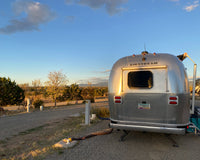
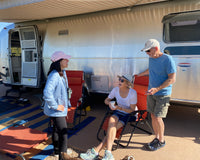
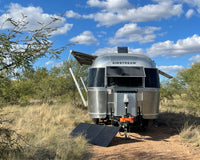
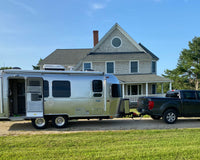
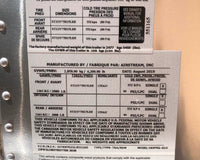
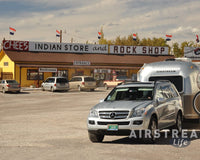

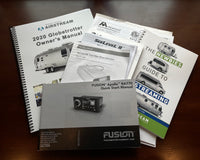
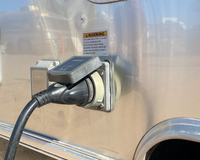
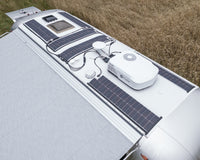
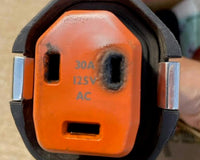



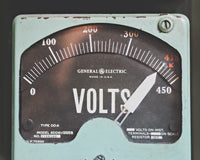


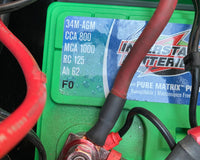
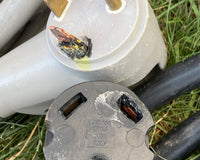
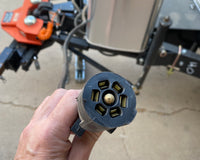
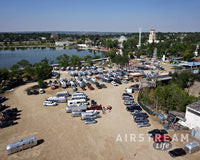
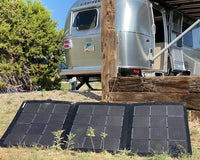
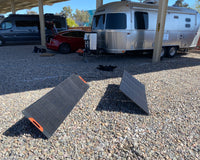
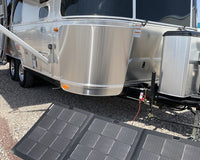
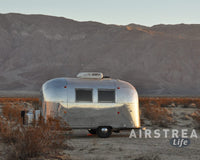
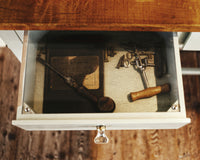
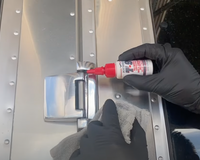
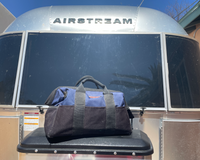
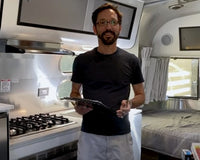
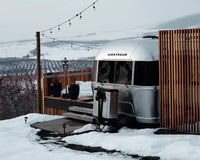
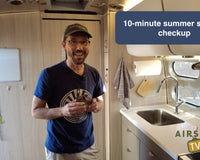
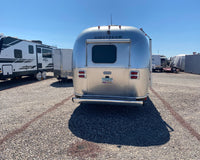
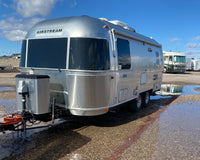
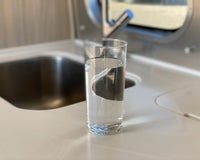

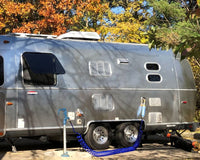
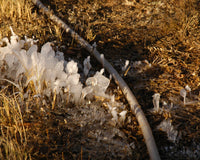
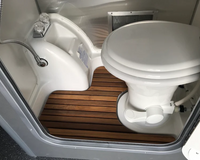

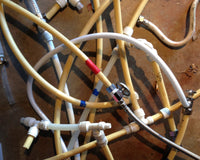
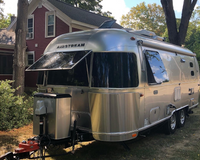
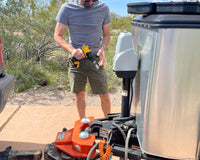
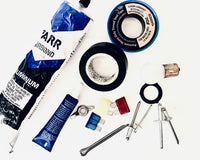
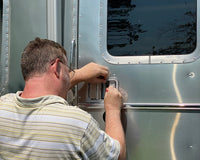
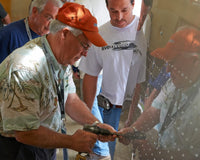
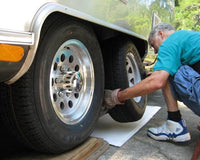
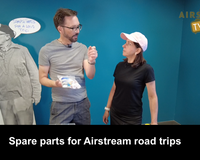
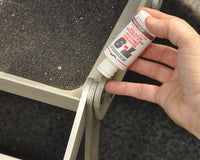
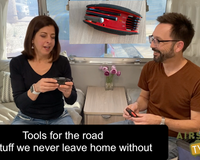
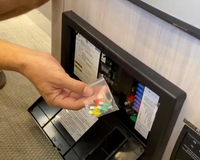

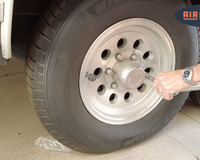
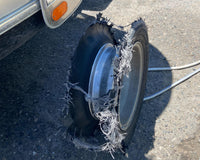
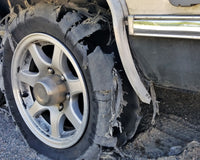
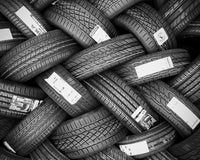
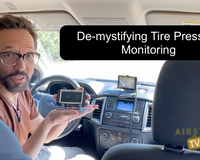
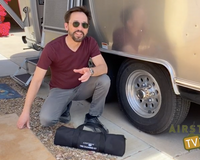

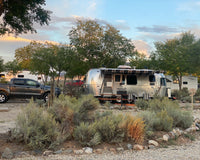
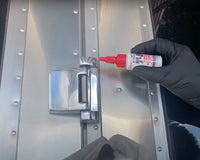

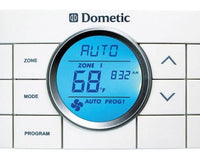
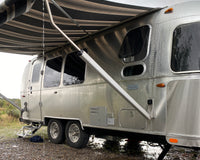
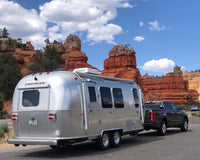
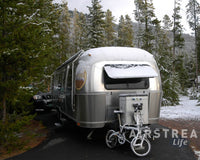
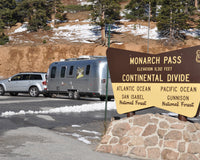
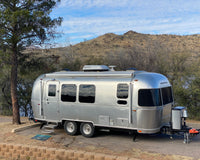
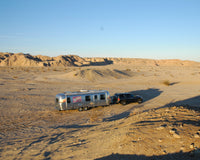
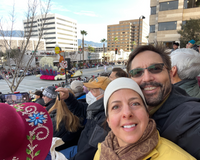
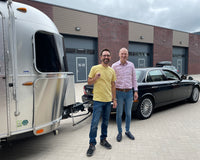
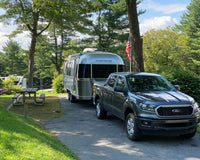
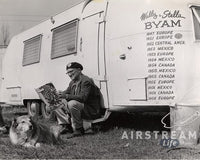
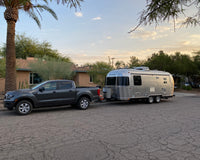
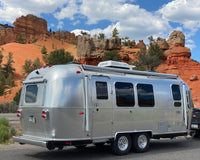
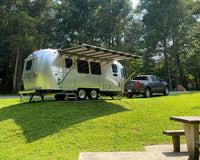
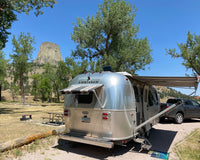
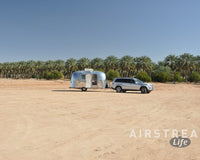
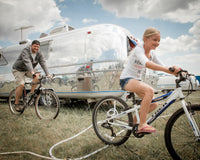
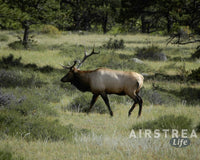
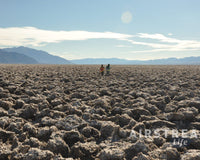
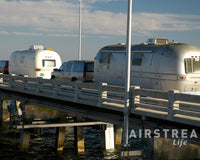
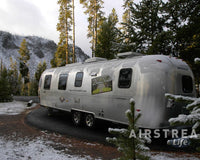
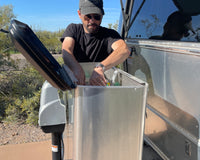
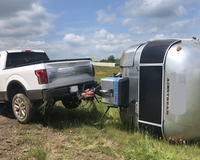
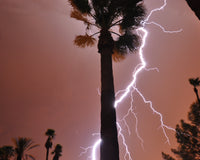

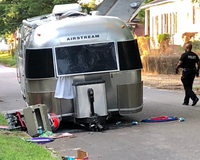
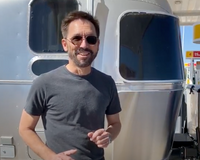
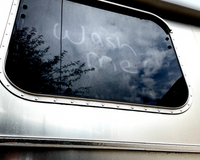
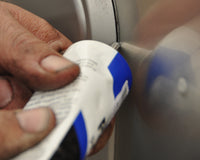
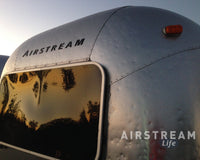
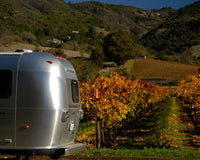
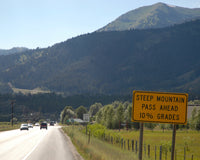
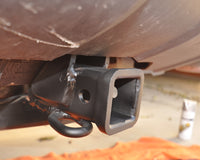
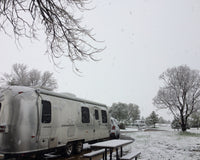
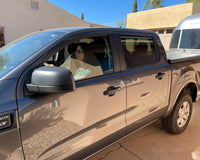
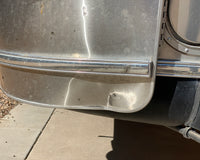
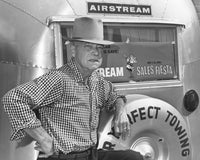
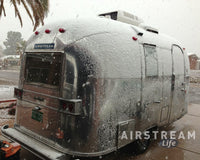
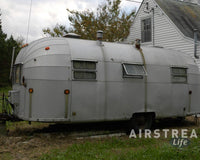
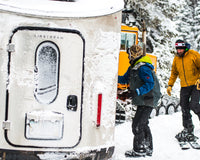
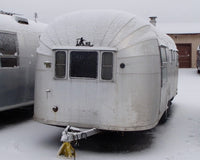
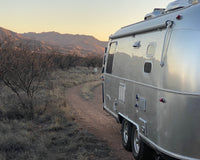
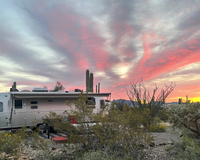
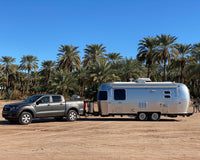
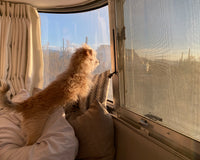
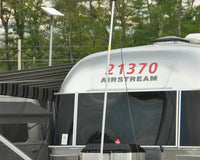
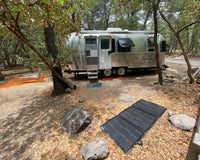
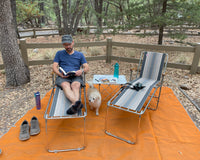
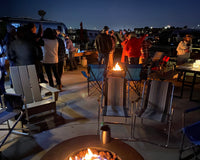
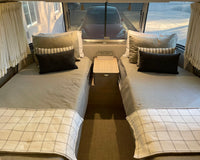
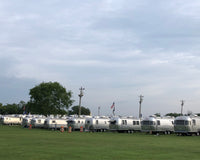
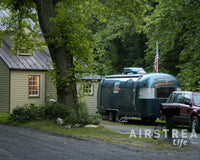
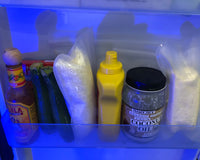
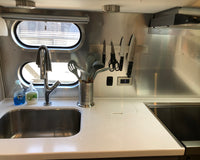
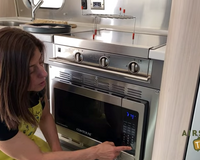
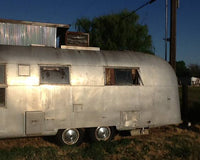
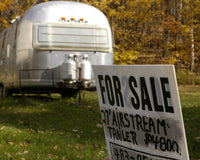
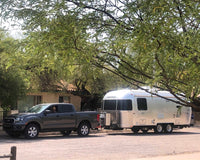
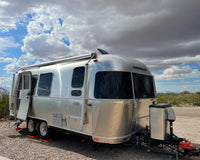
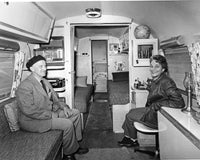
8 comments
Kerry Frank
Great blog post as always Rich! Question: for running the A/C on a generator, I ‘ve been reading about a soft start kit. Is this something you’d recommend?
Rich Luhr
That’s a tough one, for several reasons. First, there are a lot of variables: “soft start” devices come in a couple of types (capacitors and electronics), and real-world performance depends on the capacity of the generator you’re using. If your generator is too small, or it’s not putting out enough power (for example in thin high altitude air), there’s no “soft start” that can make up for that.
Second, you need to understand the limitations of these devices. They’re often marketed as ways to allow RVers to run their air conditioner on a single 2000-watt generator. That works under ideal conditions but it’s definitely not recommended by any RV air conditioner manufacturer, for good reasons. Dometic, for example, recommends at least a 3500-watt generator.
You might have read online that some folks run their air from a 2000-watt generator, but please be careful. This goes into the same category as running the air conditioner on a 15-amp plug. It will work…until it doesn’t. And a burned-out air conditioner is an expensive repair. Look carefully at all recommendations, guidlines and warnings printed in the documents supplied with any product of this kind.
David Gentry
Soft Start is a good option to have regardless of your genset size. It reduces the inrush current that occurs when the compressor turns on. I use a Champion 2500 Dual Fuel Inverter generator with a 13,500btu air conditioner. The weight is less than 50 lbs. vs the 100lbs of a 3500 watt unit. If I ever want to increase my capacity I will add another identical unit with a paralleling option. The dual fuel allows me to use propane and not carry gasoline. There are things to consider in order to allow the AC to work. If I have been boondocking and my batteries are low they will also put about a 5 amp (2 BattleBorn 100ah Lithium) load on my generator for charging and that will not allow the generator to hold voltage. (AC is 11 amps running and the additional 5 amps exceeds the total amp output of the 2500 at around 14-15 amps). So the genset can be used to recharge the batteries, and a lot of other loads, or run your AC.
David Sundstrom
Driving home last Friday from camping near Austin TX in 95+ degrees F heat. My tire pressure monitoring system was telling me that the pressure in all 4 of my tires was 86°. I had made sure that they were at 80° when we left. I stopped and let pressure down to 80 degrees. Is this something I needed to do. I worry a lot.
Rich Luhr
David, you don’t need to remove air during travel. The tire pressure (measured in PSI, not degrees) will naturally go up as the tires get warm during the day. The tire manufacturer has accounted for this, which is why they specify a recommended pressure “COLD”. It’s expected that the tire pressure will go up somewhat during travel.
By removing air when the tires were hot, they might now be too low in the morning when they are cold. You should check the pressure when the tires are cold, and add air to get them to the recommended pressure.
Bob Grimes
If you have the wind deflectors (don’t know what else to call ‘em) over your fantastic vent fans, consider leaving these open while you are in transit. I find the trailer not to be as hot and stuffy when they have been open.
Jude
Enjoyed the 8 tips article regarding the oppressive heat. Have friends who are not owners of an Airstream but to have a motor home. Going to pass this on to them, they are traveling all over the country for the next several months. Nice to see the articles coming while you are out of the country. KEEP THEM COMING.
Jude
Jeffery Hammonds
Our tip for hot summertime Airstreaming is to spend the summer in the Upper Pennunislia. At this moment (12:40) in Marquette, Michigan, the temperature is 73 degrees. Last evening was 57 degrees. (-: